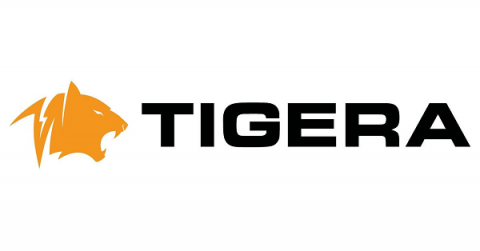Security | Threat Detection | Cyberattacks | DevSecOps | Compliance
%term
Cybersecurity Documentation: The Best Defense Is a Good Offense
Most people do not regard their cybersecurity and privacy documentation as a proactive security measure. On the contrary, many oftentimes view documentation as a passive effort that offers little protection to a company, generally an afterthought that must be addressed to appease compliance efforts.
In-House Counsel: Best Legal Practices in Data Breaches
The likelihood that your organization will suffer a material data breach in the next 2 years is nearly 28%, and that’s higher than last year’s risk according to The Ponemon Institute’s 2018 Cost of a Data Breach Study: Global Overview. Counsel’s best strategy is to insist on a strong organizational plan to quickly and effectively respond to data breaches and, ultimately, prevent them in the future.
The shortage of women in cyber security
In an age pushing for diversity, is it fair to say cyber security is still an industry dominated by men? A quick Google search seems to suggest so. Admittedly, “cyber security industry male dominated” is a somewhat loaded search, but the point still stands. By simply peering over my monitor and surveying the Bulletproof office, I am greeted by the many grizzled faces of men staring fixedly at their screens hard at work, or at least pretending to be.
Ensuring Compliance With Policies
What are Cybersecurity Trends in 2019?
The previous year (2018) witnessed an overwhelming number of cyber-attacks and data breaches that affected millions of customers across companies, including customers of household names like Uber, Facebook, Reddit, British Airways, and the Marriott hotel chain. Even governmental organizations were no exception.
French Data Protection Authority fines Google Euro50 million under the GDPR
France’s national data protection authority (CNIL — Commission Nationale de l’informatique et des Libertés) ordered its first sanction under the EU’s General Data Protection Regulation, or as commonly called as the GDPR. In this sanction, the CNIL fined Google a whopping €50 million because of Google’s failure to comply with the GDPR provisions when a user sets up his new Android phone and follows the subsequent process.
Leveraging Service Accounts for Label-based Security
One of the key Kubernetes security concepts is that workload identity is tied back to information that the orchestrator has. The orchestrator is actually the authoritative entity for what the actual workloads are in the platform. Kubernetes uses labels to select objects and to identify collections of objects that satisfy certain conditions. We, and others in the Kubernetes networking space, often talk about using Kubernetes ‘labels’ as identity bearers.
What Does a Compliance Manager Do?
Many people think that a compliance manager does nothing more than checkboxes on forms. However, in reality, your regulatory program manager coordinates across a variety of departments within your organization to keep your daily processes in alignment with your policies, procedures, and processes.
Top 7 Tips for Improving Cyber Risk Management in 2019
With the constant barrage of headlines regarding breaches in the last few years, it seems that society in general has become numb to losing personal data. This year’s overarching cybersecurity theme is clear: We’re all in this together because we simply can’t do it alone. Effective defense demands a team effort where employees, enterprises, and end users alike recognize their shared role in reducing cybersecurity risks.








